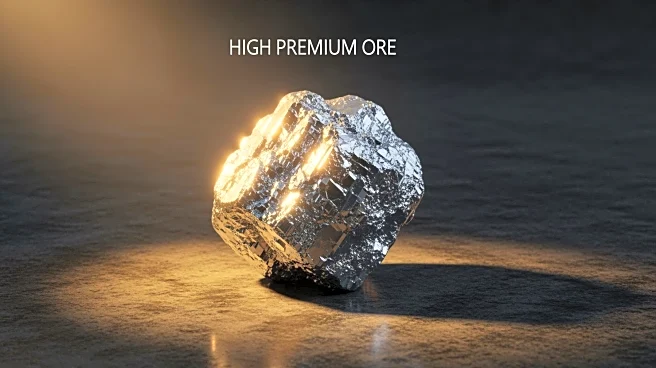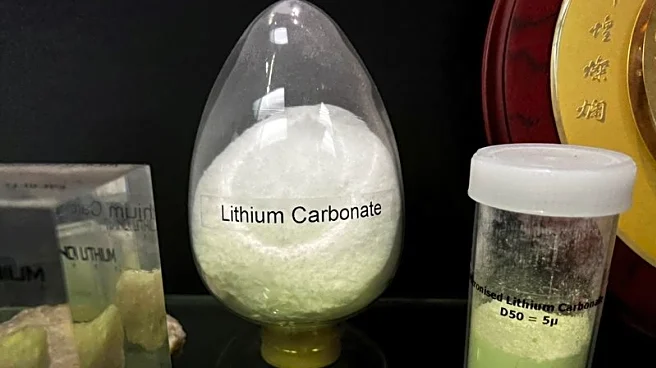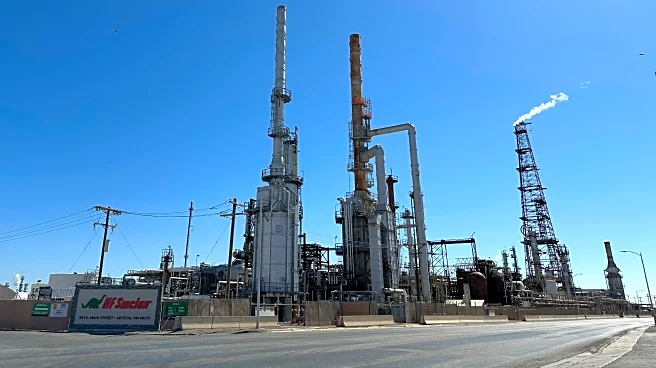What's Happening?
Battery Age Minerals, an Australian company listed on the ASX under the ticker BM8, has expanded its operations in the United States by staking 129 lode mining claims around the historical Apex Germanium–Gallium
Mine in Utah. This expansion covers 2,660 acres in the Beaver Dam Mountains, an area known for its significant deposits of germanium and gallium, with historical grades of 0.7% germanium and 2% gallium. The company aims to align with western efforts to establish domestic supply chains for metals critical to semiconductor manufacturing. CEO Nigel Broomham highlighted the strategic importance of this acquisition, which complements their existing Bleiberg Project in Austria. Battery Age plans to conduct field mapping, sampling, and drill targeting to confirm the continuity of mineralization along the Apex Fault Zone.
Why It's Important?
The expansion of Battery Age Minerals into the U.S. is significant as it supports the broader western initiative to secure supply chains for critical semiconductor materials. Germanium and gallium are essential for various high-tech applications, including electronics and telecommunications. By increasing domestic production capabilities, the U.S. can reduce its reliance on foreign sources for these materials, enhancing national security and economic stability. This move also positions Battery Age as a key player in the global market for semiconductor-critical metals, potentially leading to increased investment and development in the region.
What's Next?
Battery Age Minerals plans to advance the Utah project by verifying historical grades and defining drill targets, aiming to move towards a resource estimate. The company has also partnered with the University of Sydney’s School of Chemical and Biomolecular Engineering to explore advanced germanium recovery techniques. This collaboration could lead to innovative extraction and recycling methods, further strengthening Battery Age's position in the market. As the project progresses, stakeholders in the semiconductor and technology industries will likely monitor developments closely, given the strategic importance of these materials.













